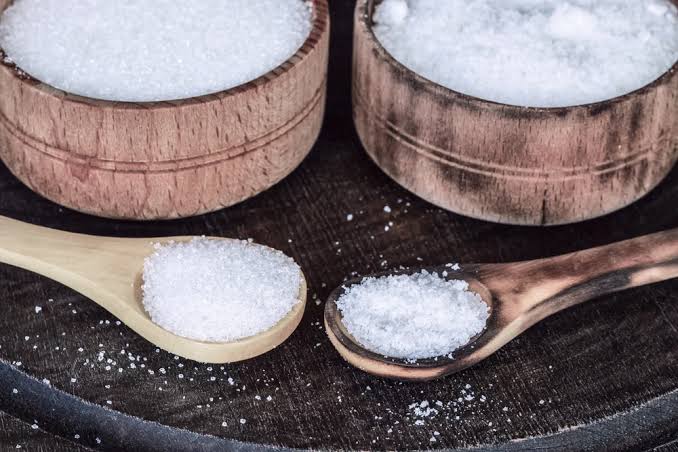[ad_1]
New Delhi: All Indian salt and sugar brands, packaged or unpackaged, contain microplastics, according to a study published by environmental research organisation Toxics Link on Tuesday.
Microplastics are commonly defined as solid plastic particles or synthetic fibres of the size between 1 µm and 5,000 µm, or micrometres. They are composed of various polymer types, such as polyethylene, polypropylene, polyethylene terephthalate, that can pose distinct environmental and health challenges.
These minuscule particles can enter the human body via ingestion, inhalation and direct skin contact. Since they are found nearly everywhere, microplastics often accumulate, break down and eventually integrate into the food chain, posing a significant threat to living beings.
Food items are a major route of entry for microplastics, with salt being the primary contributor, followed by fruits and vegetables, Toxics Link said on Tuesday, citing a recent study.
In their report, Microplastics in Salt and Sugar, the organisation said that the highest concentration of microplastics was found in a branded iodised packaged salt sample.
It said the researchers conducted lab tests on ten varieties of commonly used salts, including table salt, rock salt, sea salt and local raw salt, and five sugar samples purchased online and from local markets.
Except for two salt samples and one sugar sample, all others were branded.
Out of the ten salt samples tested, three were packaged iodised salt, three were rock salt samples, including two organic brands, two sea salt samples and two were local brands.
Researchers found that the microplastics in the sugar and salt samples were of eight different colours: transparent, white, blue, red, black, violet, green and yellow.
Their quantity and size varied, ranging from 6.71 to 89.15 pieces per kilogram of dry weight and 0.1 mm to 5 mm respectively. The microplastics were found in the form of fibres, pellets, films and fragments, said the report.
The highest concentration of microplastics, at 89.15 pieces per kilogram of dry weight, was found in one packaged iodised salt sample. The lowest, at 6.70 pieces per kilogram of dry weight, was found in an organic rock salt sample.
Among the five sugar samples tested, an organic sugar sample had the lowest amount of microplastic at 11.85 pieces per kilogram. The highest concentration was 68.25 pieces per kilogram in a non-organic sugar sample.
The size of the microplastics found in different sugar samples varied from 0.1 mm to 5 mm and were mostly in the form of fibres, followed by films and pellets.
In salt, microplastics can come from various sources, including plastic waste, clothing fibres and microbeads in personal care products, the report said. Its distribution depends on several factors, including the source of the salt, the location of the production facility and the surrounding environment.
In Sugar, direct sources of microplastic contamination may include sugar cane processing, purification, refinement and packaging of sugar. Indirect sources can be from both agricultural and industrial activities that release these particles into the environment, said the study.
“On an average, an Indian consumes 10.98 grams of salt per day, which is more than double the World Health Organization’s recommended limit of 5 grams per day,” the study said. “With the per capita consumption of sugar of approximately 10 spoons per day, average Indian eats almost 18 kilogram of sugar per year.”
This means that Indians are also consuming a substantial amount of microplastics.
[ad_2]

